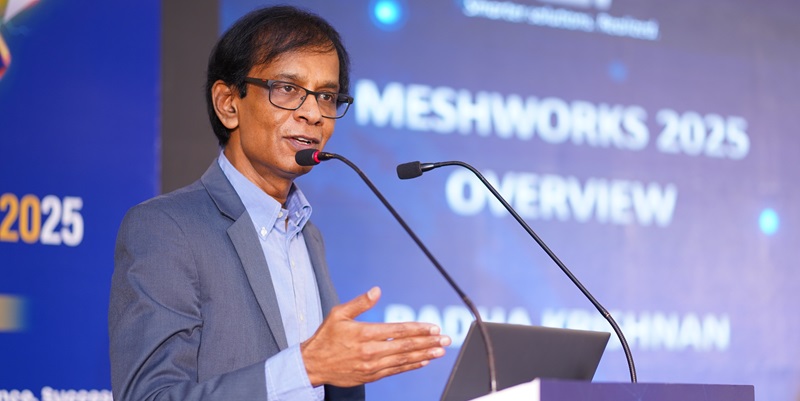Schedule a Call Back
Variations in the industrial robot market
 Industry News
Industry News- Dec 13,24

Related Stories

Schmersal is committed to safety for man and machine
The Germany-based Schmersal Group develops and produces systems and solutions for its customers worldwide to help boost machine safety and occupational health and safety. In this interview, Ranjith ..
Read more
DEP conducts five-city series showing AI/ML powered meshing capabilities
Throughout the series, DEP facilitated enriching conversations, positioning itself as a prominent industry leader committed to driving innovation in engineering.
Read more
Prime Metallic High Speed Doors by Gandhi Automation
Prime Metallic Door provides a variety of applications, which include internal use as a partition between two rooms and external use as a secure hall closing door.
Read moreRelated Products

Dna of All Information
Roto Leaner Technology Pvt Ltd manufactures a complete range of display solutions.

Standard Series Stations and Enclosures
Esbee
Industrial Combines/Esbee Electrotech LLP offers standard series stations and
enclosures.

Fire Alarm
Safe Zone is prominent traders and suppliers of the industry, offering a wide range of wireless fire alarm.
Read more












